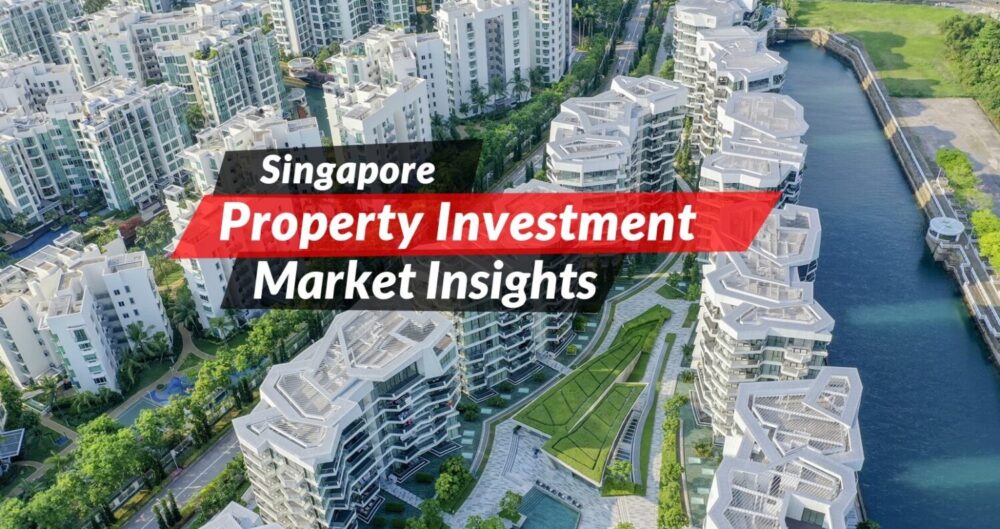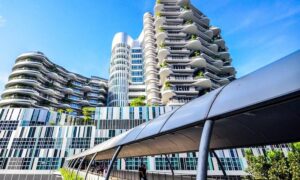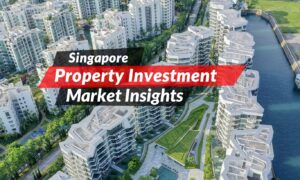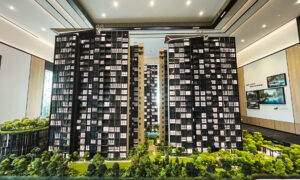Singapore’s property market is entering a defining phase, shaped by more than just recent price growth. Resilience through global uncertainty has kept confidence high, but long-term performance now hinges on deeper structural shifts. Government policy will steer affordability and demand. Demographic changes—like aging populations and smaller households—will reshape what buyers want.
Foreign interest stays strong, especially in luxury segments, but adds pressure on regulatory controls. At the same time, buyers are demanding smarter, greener, and more connected homes. The next decade will focus less on fast gains and more on sustainable, future-ready development.
Key Highlights
- Prices will likely remain high, but not all sectors will rise at the same pace.
- Government policy will control speculation without slowing healthy demand.
- More mixed-use developments will reshape residential living standards.
- Sustainability and smart technology will dominate future builds.
- Foreign demand will stay strong, especially in luxury segments.
- Younger buyers will drive trends toward integrated, compact living.
Price Patterns Will Shift—But Not Collapse
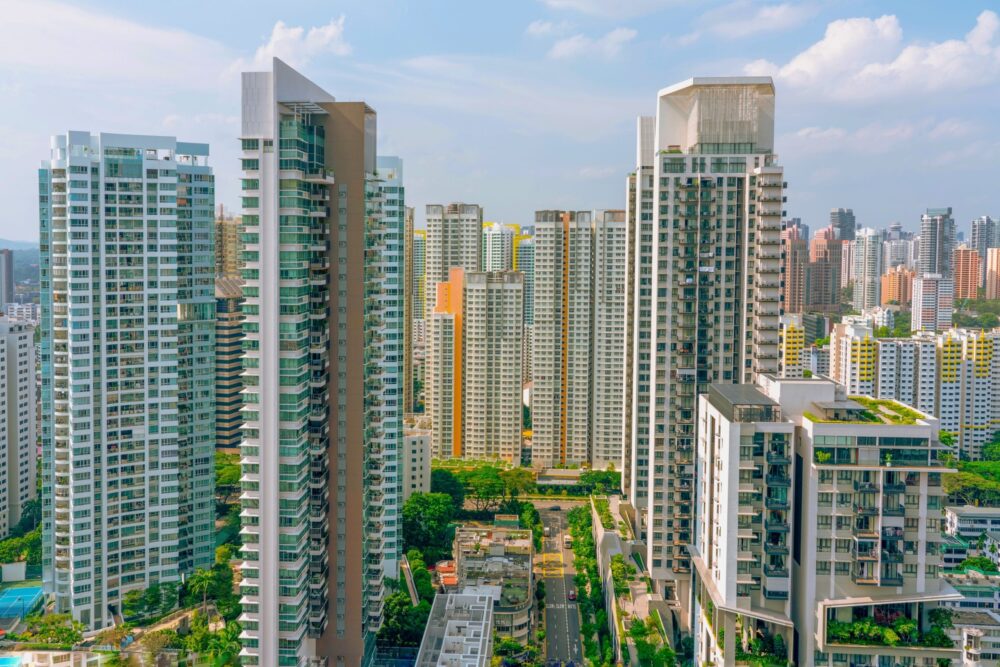
Source: fraxtor.com
Singapore’s property prices are unlikely to crash. Supply remains limited and demand continues to grow steadily. However, prices may not climb as rapidly as they did between 2019 and 2022. The Urban Redevelopment Authority (URA) has already moved to calibrate the pace of appreciation.
Private residential prices grew nearly 30% over the past five years. But going forward, annual growth is expected to moderate to about 3% to 4% depending on location, housing type, and broader macroeconomic conditions.
Public housing (HDB resale) prices may stabilize due to policy tightening, especially with cooling measures like the 15-month wait-out period for private property downgraders.
Spotlight on New Launches and Mixed-Use Developments
Upcoming projects will lead the transformation. High-end and integrated developments are attracting serious attention from both local and foreign buyers.
One notable example is Lyndenwoods, developed by CapitaLand. Known for shaping Singapore’s skyline with projects like One Pearl Bank and Raffles City, CapitaLand’s new launch showcases its focus on sustainability and smart technology. The developer is expected to continue redefining residential standards with smart, eco-conscious homes in prime locations.
Buyers looking to future-proof their investments are targeting such high-specification developments that deliver long-term value and lifestyle upgrades.
Government Policy Will Remain a Key Force
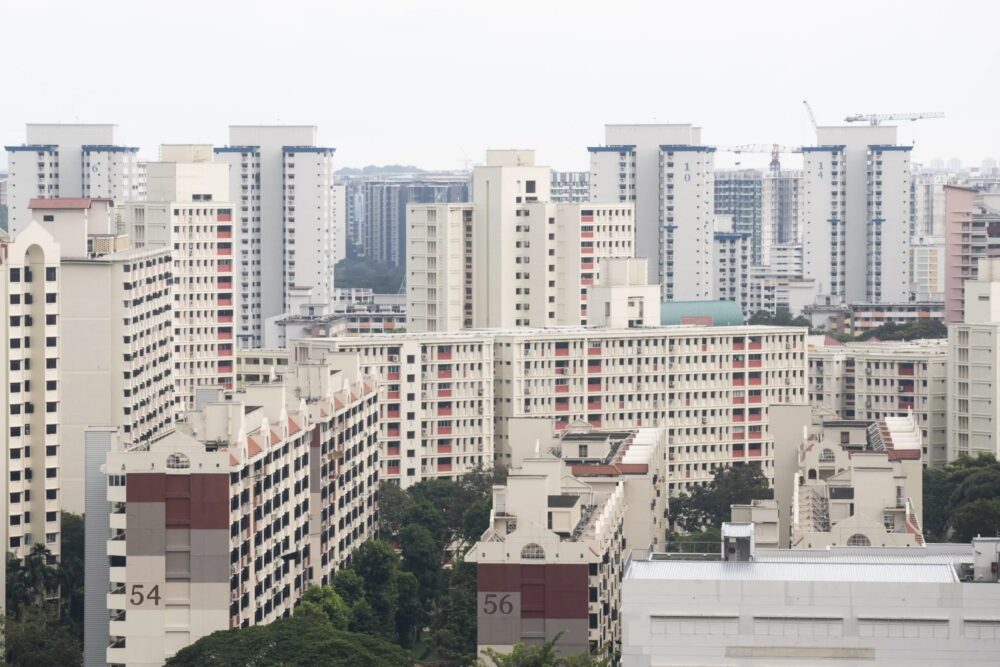
Source: bloomberg.com
Singapore’s government has always played an active role in regulating the property market. That won’t change in the coming decade.
Three factors will likely define policy focus:
- Cooling demand without harming genuine homebuyers
- Increasing land supply to meet population growth
- Enhancing affordability through targeted subsidies and HDB upgrades
Expect more granular policy interventions instead of broad-based measures. For example, specific curbs on foreign ownership of landed properties, or higher Additional Buyer’s Stamp Duty (ABSD) for speculative purchases.
Demographic and Lifestyle Shifts Are Reshaping Demand
Singapore’s aging population and shrinking household sizes are pushing developers to innovate. More singles and elderly buyers mean compact units, elder-friendly features, and community-focused layouts will dominate new launches.
Dual-income households and digital professionals also seek convenience, so homes near transport hubs, co-working spaces, and retail zones are in high demand.
Flexible floor plans and amenities like green rooftops, fitness spaces, and integrated concierge services will no longer be bonuses—they’ll be expected.
Mid-Decade Momentum from Major Projects
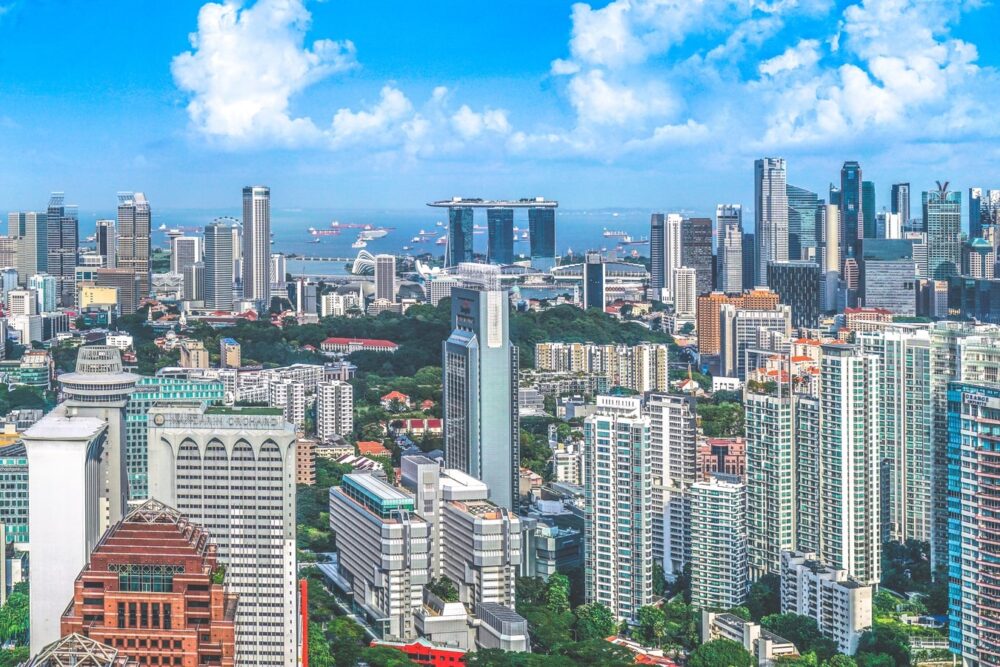
Source: fraxtor.com
Between 2025 and 2028, major infrastructure and township projects will kick in. This includes:
- Cross Island Line phases unlocking new property hotspots
- Greater Southern Waterfront transformation driving value growth
- Jurong Lake District becoming a key commercial-residential hybrid zone
These projects will not only push up land value but create a ripple effect across adjacent towns.
Strong Foreign Demand Anchors the Premium Segment
Despite the hike in ABSD rates for foreigners in 2023, interest remains firm in the prime districts. Singapore’s appeal lies in its political stability, clean governance, strong legal protection, and safe urban infrastructure.
Developers are targeting this high-net-worth audience with ultra-premium offerings.
A perfect example is Grand Zyon, a joint development by CDL and Mitsui Fudosan. Their partnership brings together Singaporean and Japanese design intelligence, focusing on long-term livability, energy efficiency, and sophisticated amenities. This collaboration signals how international partnerships will shape Singapore’s luxury housing landscape going forward.
Technology and Green Standards Will Lead
Singapore aims to be a global leader in sustainable urban development. The Building and Construction Authority (BCA) targets 80% of buildings to be green by 2030. That means all new private developments must meet high sustainability benchmarks.
Expect more solar panels, rainwater harvesting systems, and integrated digital features like facial recognition, mobile-controlled home devices, and AI-driven energy systems. Buyers should prepare for these features to become standard rather than luxury.
Investment Strategy Will Require More Precision
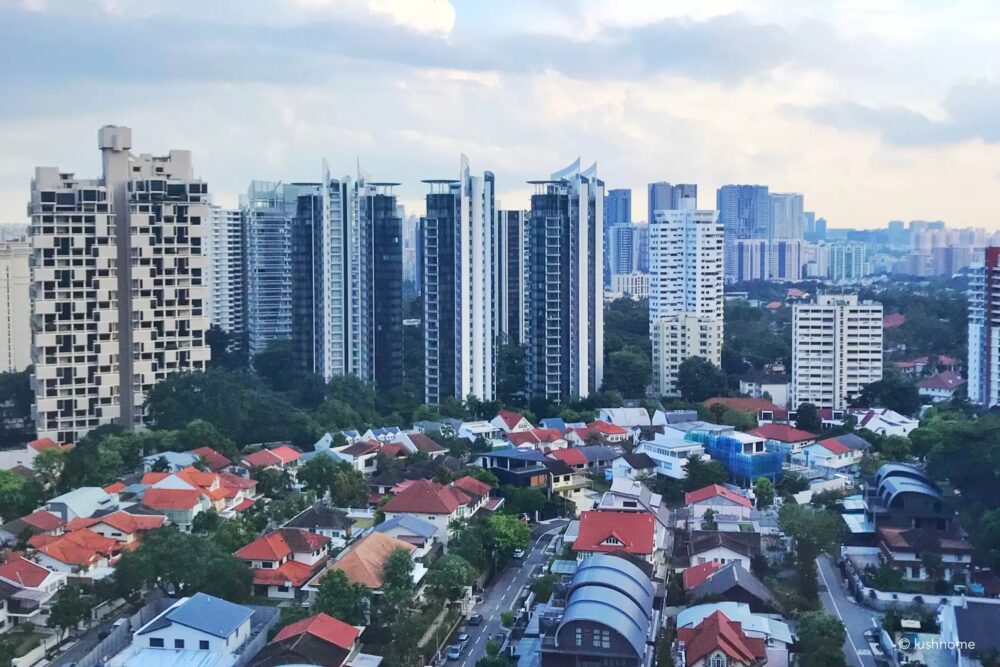
Source: lushhomemedia.com
The days of fast capital gains are likely over for most mass-market segments. Investors will need to focus on:
- Location: Near future MRT lines or redevelopment areas
- Developer reputation: Strong track records mean better delivery
- Rental potential: Proximity to business districts or schools
- Supply pipeline: Fewer launches in a region means higher scarcity value
Smarter investors will combine rental income with capital preservation goals.
The Rise of Hybrid Work and Home-Office Units
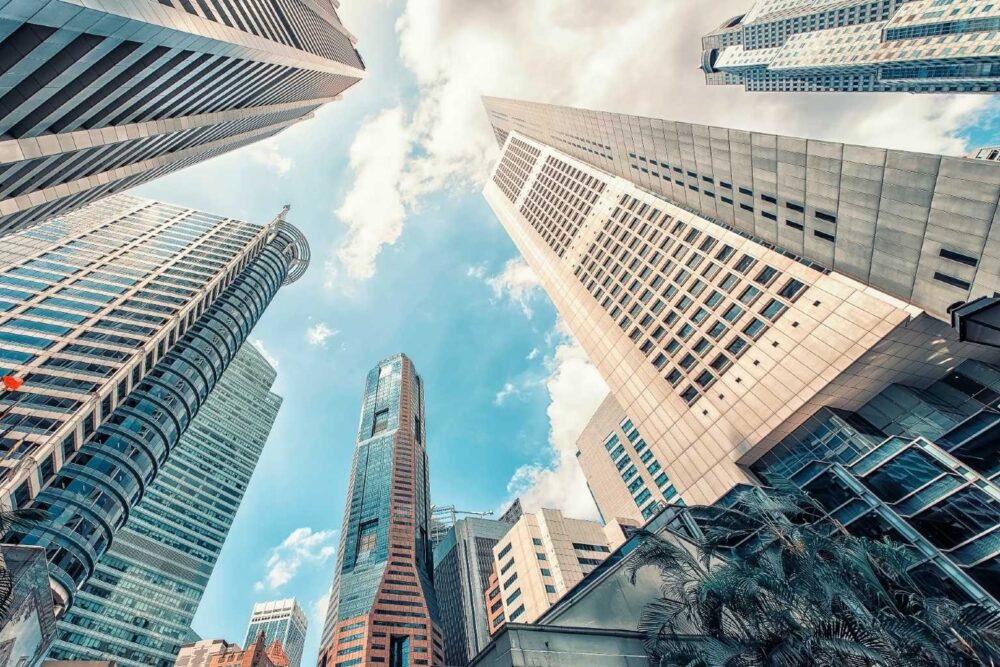
Source: colliers.com
Post-pandemic demand for functional home-office setups is rising. Buyers want study rooms, acoustically treated spaces, and integrated office zones. Developers are responding by including such layouts in unit configurations.
Expect this trend to grow, especially in mid-tier and premium segments where working professionals dominate. More projects now include flexible layouts that convert easily between work and living zones. As remote and hybrid roles become permanent, units that support productivity without sacrificing comfort will gain long-term appeal among younger and tech-savvy buyers.
Summary Forecast for the Next 10 Years
Here’s a breakdown of how key segments in Singapore’s real estate market are expected to perform over the next decade. The table below outlines projections for both short-term trends and longer-term shifts based on current policy, demand patterns, and development goals:
| Sector | Short-Term (2025–2027) | Long-Term (2028–2035) |
| Private Condos | Slow growth | Moderate rise |
| HDB Resale | Stabilization | Slight increase |
| Luxury Property | Stable due to demand | Stronger growth |
| Foreign Buyer Activity | Moderate | Sustained |
| Government Policy Impact | Active | Balanced interventions |
| Green Building Integration | Expanding rapidly | Industry standard |
Final Thoughts
Singapore’s real estate sector remains one of the most well-regulated and resilient in the world. Over the next decade, it won’t just be about square footage or postal codes. Buyers and investors must factor in sustainability, digital readiness, and adaptability.
Pay attention to location, choose developers with proven excellence, and align purchases with long-term life goals—not just short-term price movements. The property market won’t stop growing, but it will reward informed decisions over speculation.
Would you like a meta description and tags for this article?


